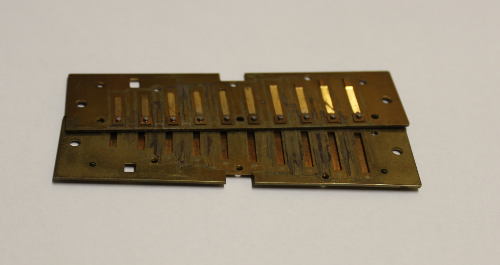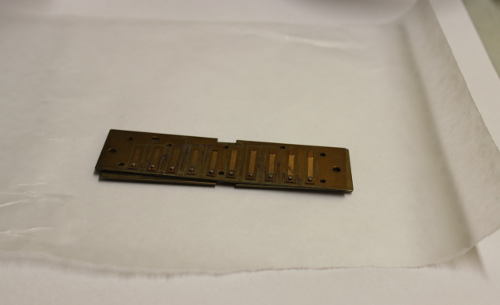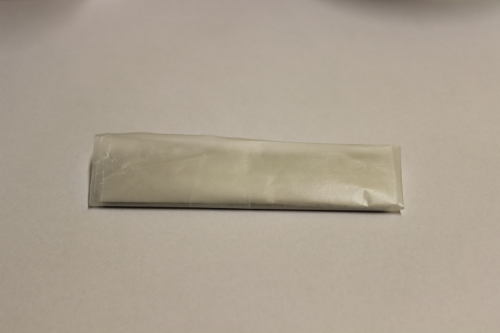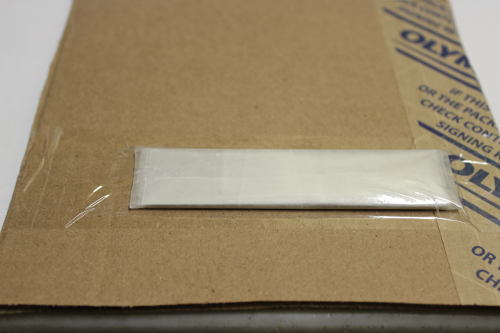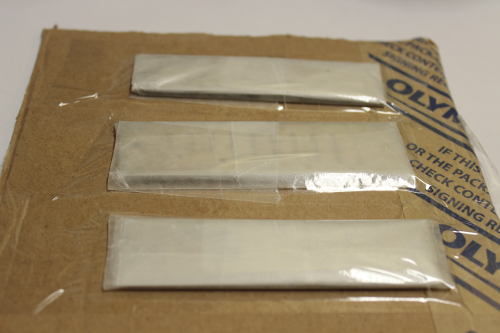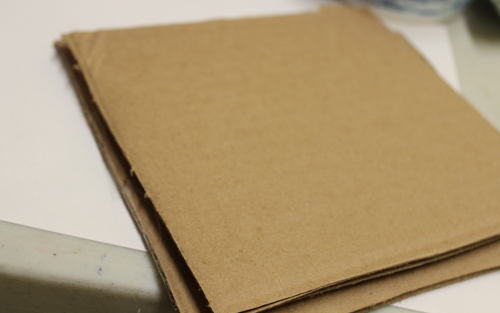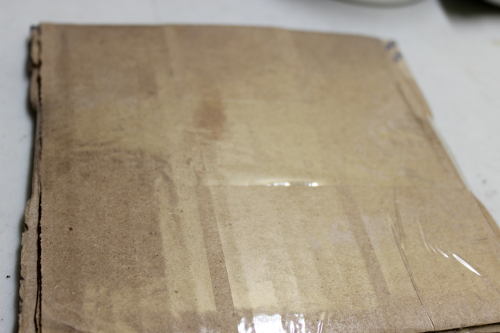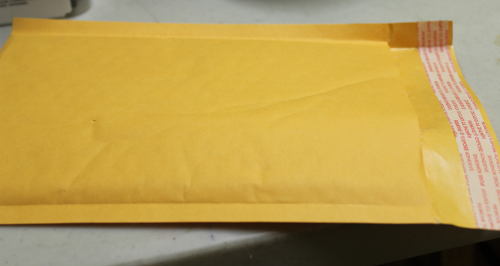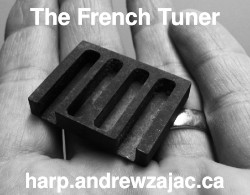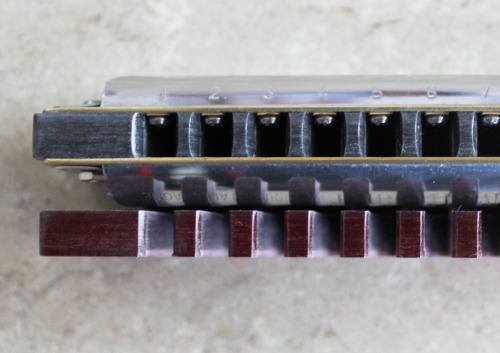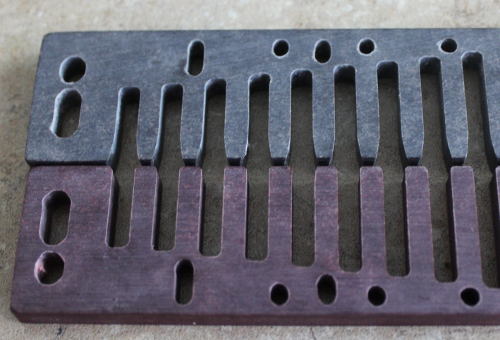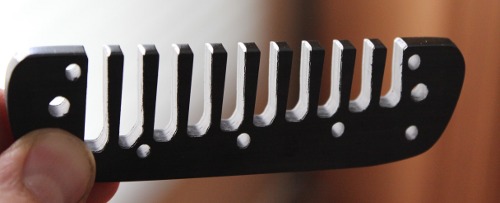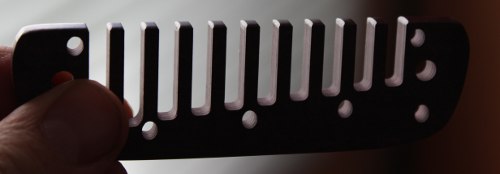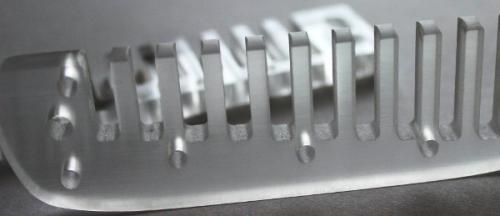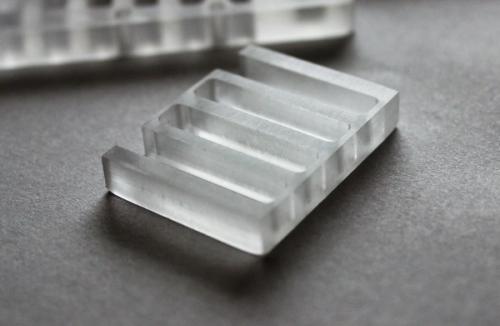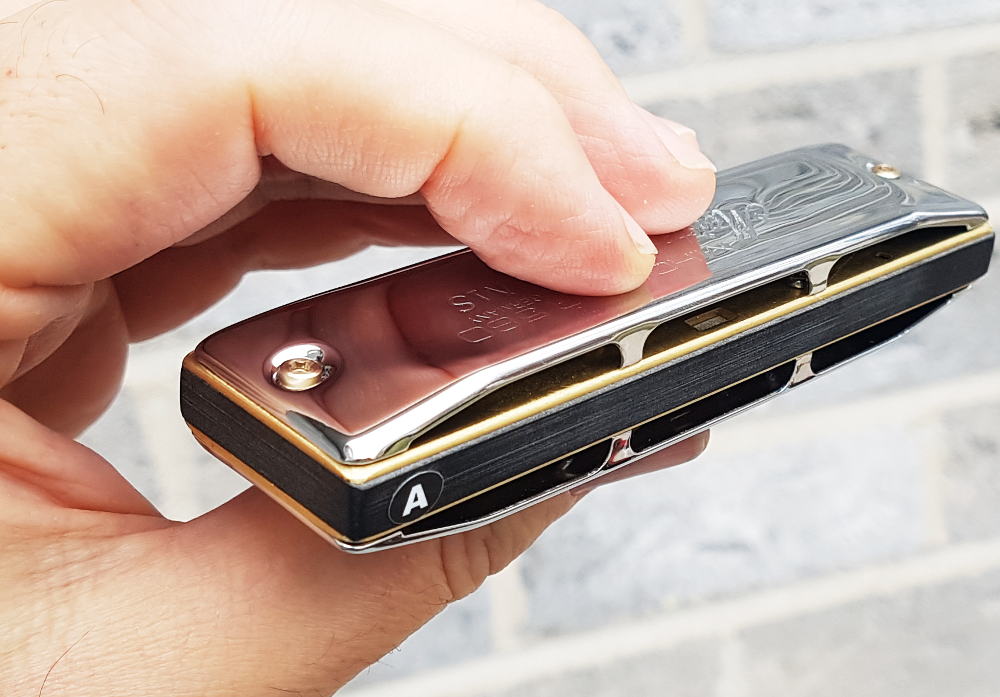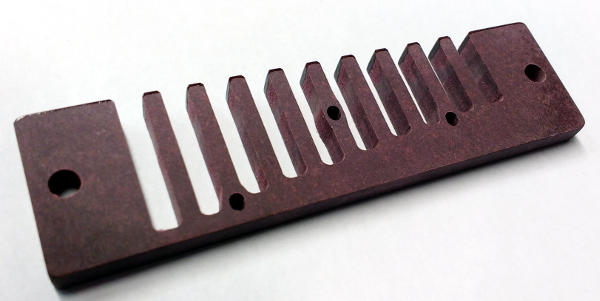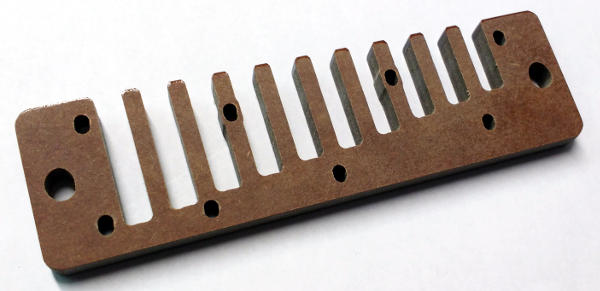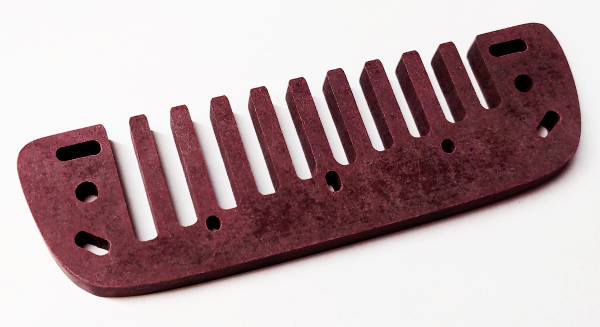Tweaking harmonicas: Measure what you change
This is about methodology.
I made yet another harmonica tweaking video.
Here's a video demonstrating some of the things that are straightforward to quantify so that you can make changes that have a measurable benefit.
Some of these things include:
Tuning: It's easy to measure the pitch of a reed and whether it's in tune with another reed. Play all the octaves available and listen for "beating".
Bending: Bend the 3 draw (or any other bend) with as little force as you possibly can. You will find a "blind spot" somewhere in the middle where the workload is handed off from the draw reed to the blow reed as you bend down. How much work is needed to "skip over" this blind spot can be felt, albeit subjectively; it tends to be more work on lower key harps. We learn to "skip over" this blind spot early on when we are learning to bend. A well-playing harp can be played with very little breath force without having to work hard around the "blind spot".
Reed shape efficiency: By playing a single reed using your lips on the plate off the comb, you can get sensory feedback on how easily the note responds, how much flow you need to make the note sound strong, and how loud the note is. A well-shaped reed will make the whole reed plate vibrate when you play it.
Reed shape efficiency (again): By bending the single reed's note down, you can determine if the reed is prone to squealing. That's a great indicator of how efficiently the reed is set up.
